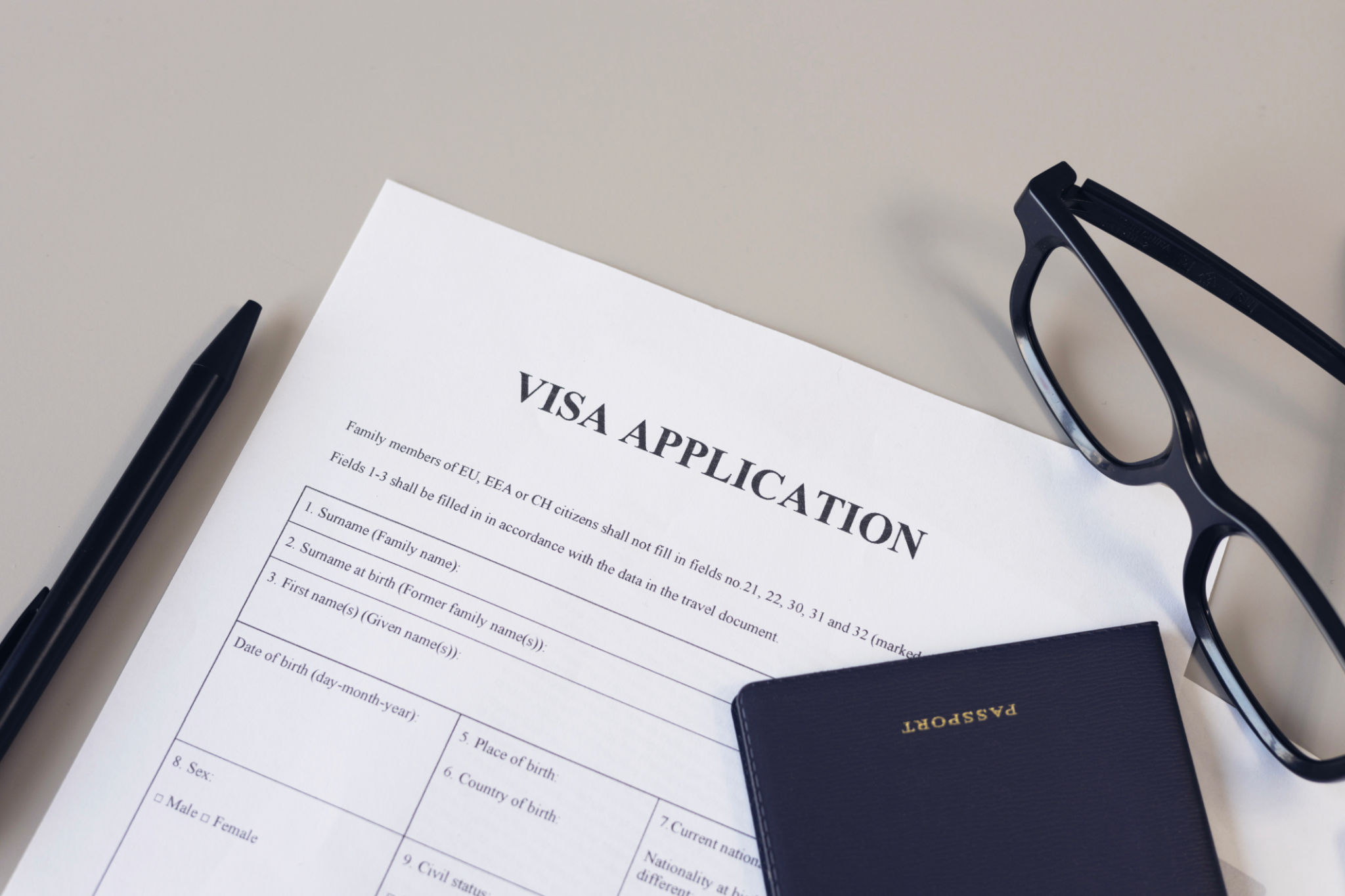Understanding the Different Types of U.S. Visas: Which One Do You Need?
Introduction to U.S. Visas
Understanding the different types of U.S. visas can be overwhelming, especially for those new to the immigration process. The United States offers numerous visa options, each designed for specific purposes and durations. Selecting the right one is crucial for your successful entry into the U.S., whether it be for work, study, or tourism.

Non-Immigrant Visas
Non-immigrant visas are temporary visas for individuals who wish to enter the U.S. for a specific purpose and duration. These are usually for tourism, business, or education. Some common non-immigrant visas include:
- B-1/B-2 Visas: These are for visitors traveling for business (B-1) or tourism/pleasure (B-2).
- F-1 Visa: This is for students enrolled in an academic program or English language program.
- J-1 Visa: Exchange visitors, including au pairs, interns, and scholars, typically use this visa.
Applicants must demonstrate their intention to return to their home country after their stay in the U.S.
B-1/B-2 Visitor Visas
The B-1/B-2 visas are among the most popular non-immigrant visas. The B-1 visa is generally used for business-related activities such as attending meetings or conferences. The B-2 visa, on the other hand, is meant for tourists or those visiting family. Both visas are often issued together as a combined B-1/B-2 visa, allowing flexibility in travel purposes.

Immigrant Visas
Immigrant visas are for individuals intending to live permanently in the U.S. These visas often lead to obtaining a Green Card. Some of the primary immigrant visa categories include:
- Family-Based Visas: These are available for immediate relatives of U.S. citizens or lawful permanent residents.
- Employment-Based Visas: These are for skilled workers, professionals, and other qualified individuals under categories like EB-1, EB-2, and EB-3.
- Diversity Visa Lottery: This program provides a limited number of visas to individuals from countries with low immigration rates to the U.S.
Family-Based Immigration
Family-based visas play a key role in reuniting families in the U.S. Immediate relatives of U.S. citizens, such as spouses, parents, and children under 21, usually receive priority consideration. Additionally, there are preference categories for more distant relatives like siblings or married children.

Choosing the Right Visa
Selecting the appropriate visa depends on several factors, including the purpose of your visit, your qualifications, and how long you plan to stay. It's crucial to research thoroughly and consult with an immigration lawyer if necessary. Make sure you understand the requirements and limitations of each visa category to avoid complications during your application process.
Conclusion
The variety of U.S. visas reflects the country's diverse needs and opportunities for international visitors and immigrants. Whether you're planning a short visit or seeking a new life in the U.S., understanding these visa options is the first step in achieving your goal. Stay informed and prepare thoroughly to ensure a smooth application process.
